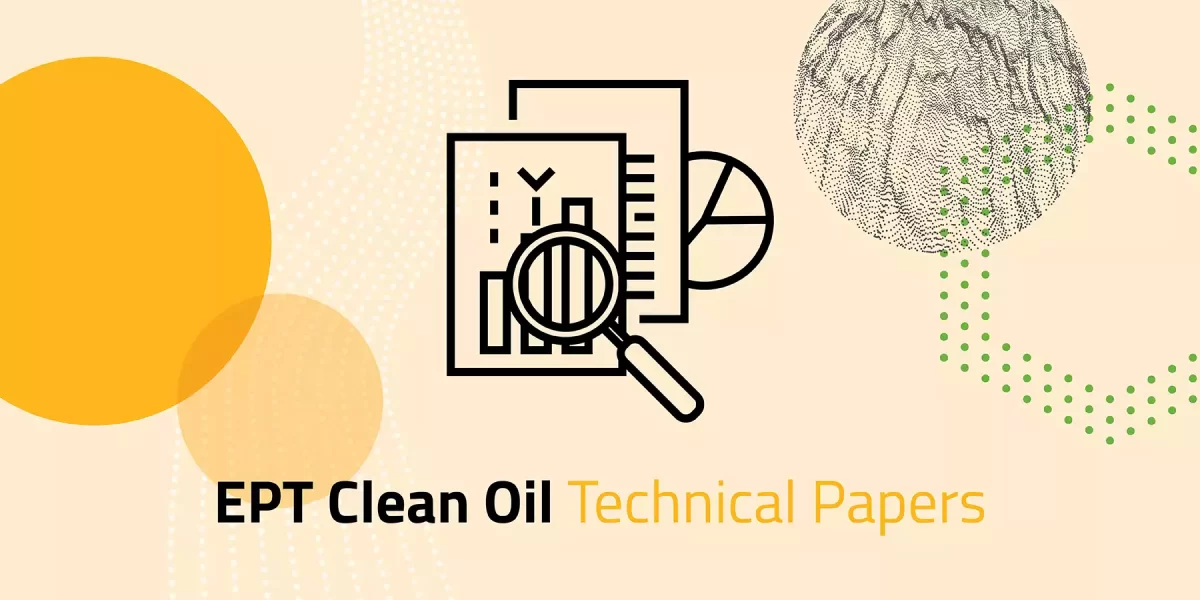Why Varnish Removal Fails: The Soluble-Insoluble Varnish Equilibrium

Paper Abstract
Varnish is produced by breakdown of hydrocarbon lubricants. Its deleterious impact on equipment performance and reliability is well-documented. Varnish has traditionally been defined as an insoluble deposit, however, it also exists in an often-overlooked soluble state. While soluble varnish forms as the result of an irreversible chemical reaction, the conversion between soluble and insoluble varnish is often a physical process; importantly, this process is reversible. Like other interconvertible states of matter, the relative amount of soluble and insoluble varnish in a system is dictated by a dynamic equilibrium.
Numerous oil treatment strategies have been developed to mitigate the harmful effects of varnishing. In order to be successful, these strategies must address the effect that their use will have on the soluble-insoluble varnish equilibrium. Most rely on filtration, which focuses on the removal of insoluble varnish particles. Unfortunately, these systems have little impact on varnish’s soluble form; once they remove insoluble varnish, soluble varnish persists and will re-establish an equilibrium leading to the formation of new particles/deposits. Filtration, therefore, addresses only half of the varnish problem. Resin-based soluble varnish removal (SVR®) systems are engineered to remove dissolved varnish at the molecular level. As the soluble-insoluble varnish equilibrium is re-established, insoluble varnish then begins to re-dissolve. SVR systems exploit the soluble-insoluble varnish equilibrium and provide a total solution by removing both varnish states. Their use can, therefore, mitigate the risks associated with lubricant breakdown.



